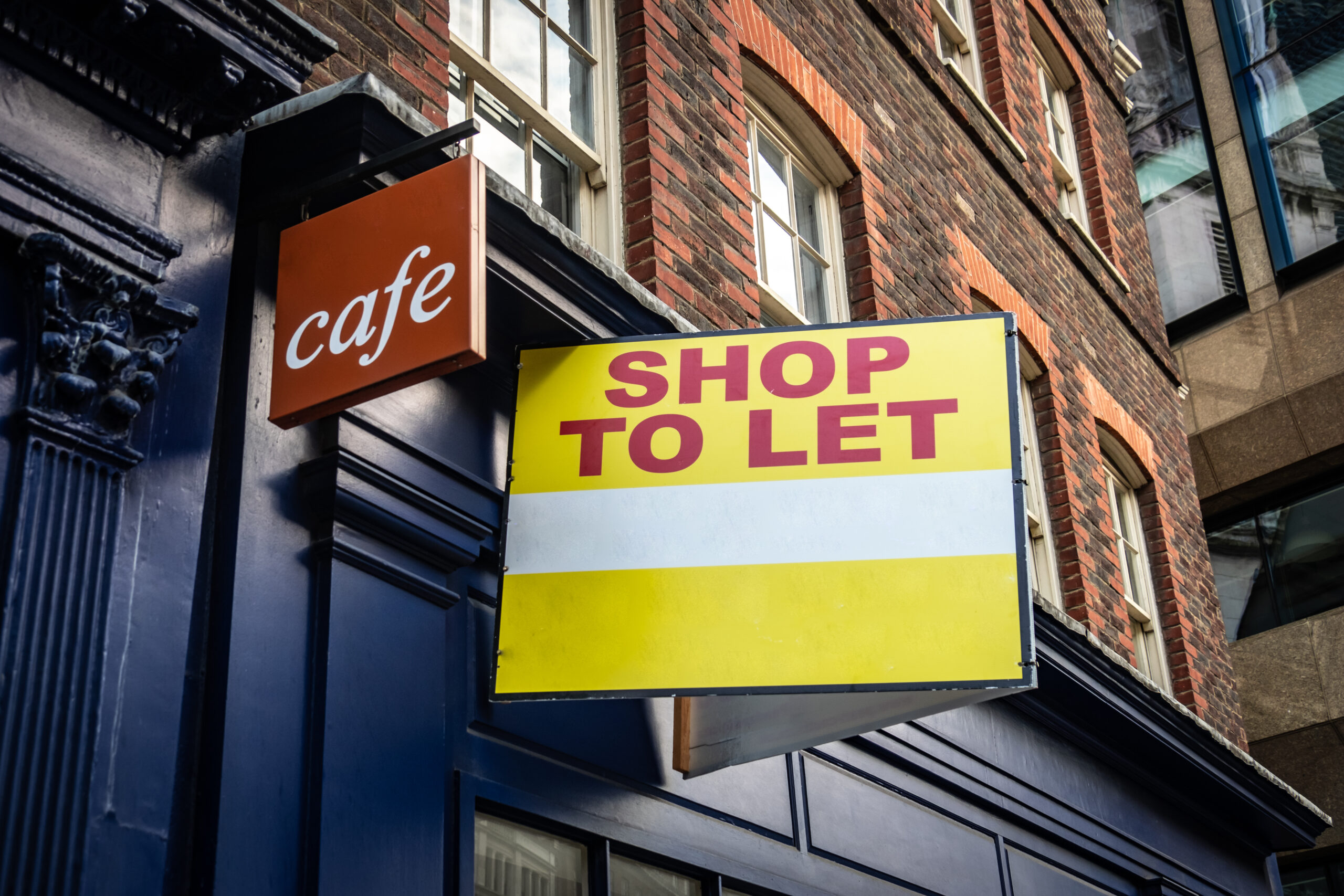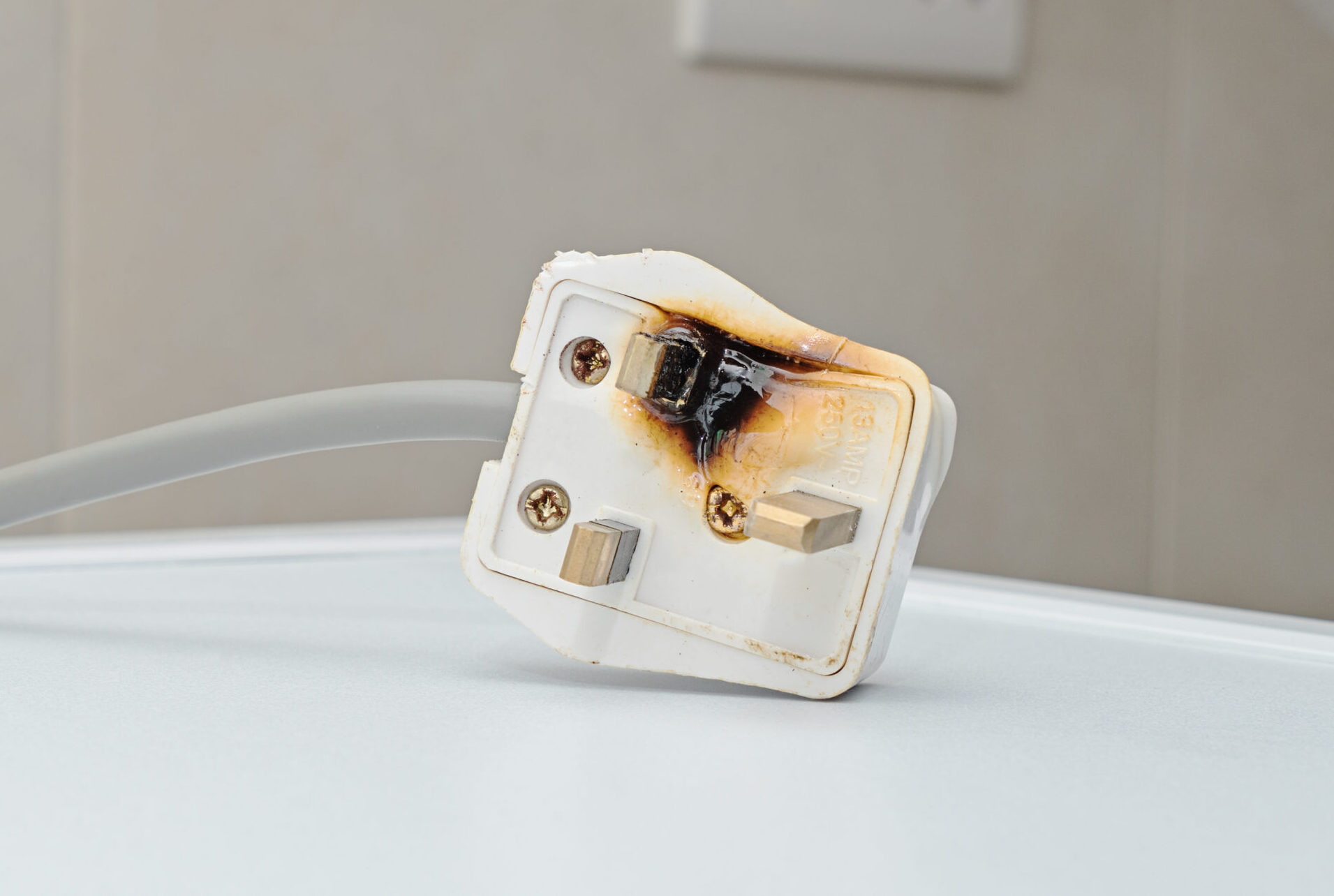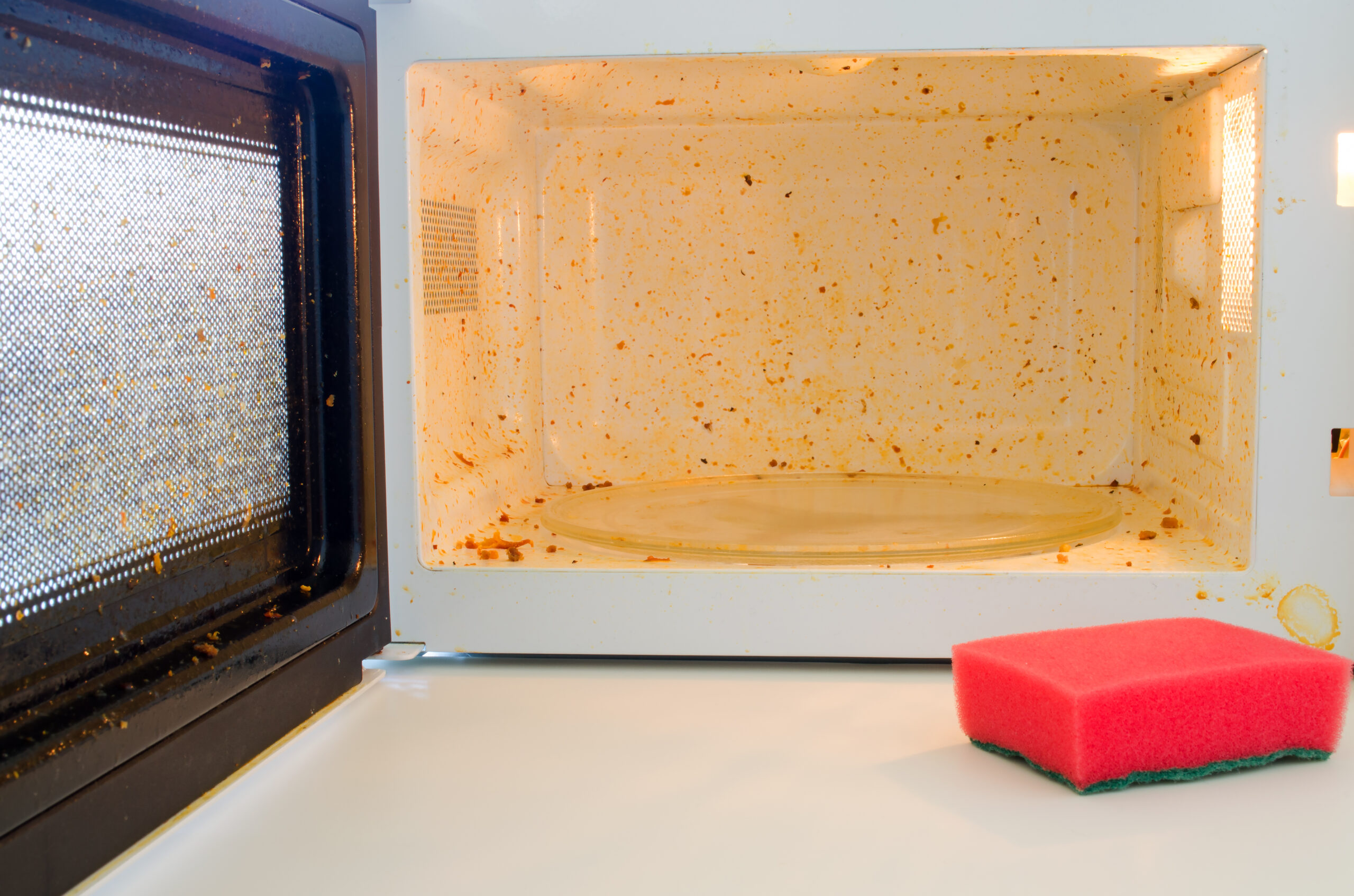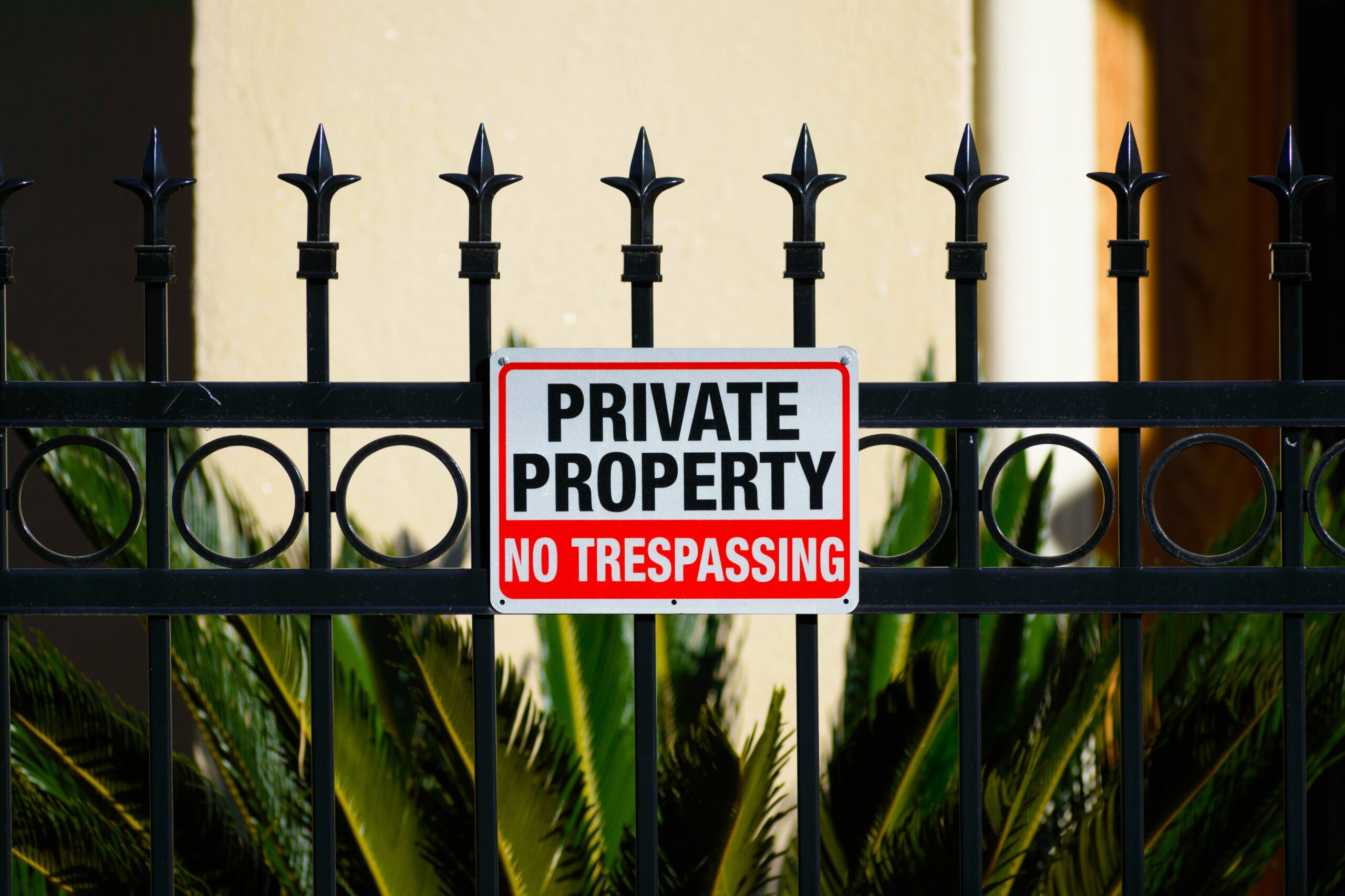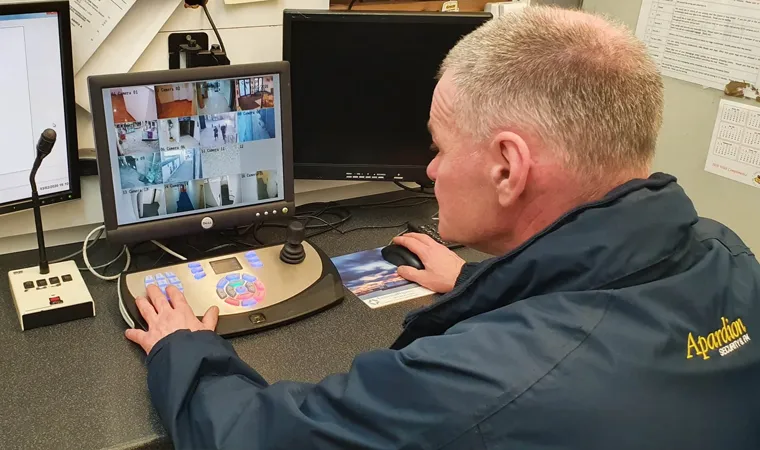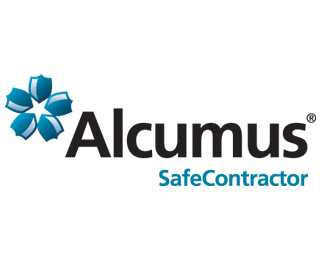Energy-Efficient Solutions for Facilities Management: Strategies to Cut Costs and Carbon Footprints
Although the environmental impact of a commercial or industrial business will vary considerably depending on what sector it operates in, all facilities managers need to be aware of their impact in terms of energy usage and should be looking at ways to improve it. Continuous improvements are an essential element of managing the sustainability of a business first and foremost, but in most cases, reducing your carbon footprint brings with it considerable cost savings in energy usage, waste, compliance issues and a more efficient way of working.
Around 40% of global carbon emissions are caused by buildings and the construction industry, so whether you are a production unit drawing significant electricity from the national grid, or an office using IT and air conditioning all day, every day, the facilities manager needs to monitor these impacts and work on initiatives to reduce them and improve the cost management and environmental performance of the business.
How does a facility typically impact its energy efficiency?
Regardless of the type of business, there are various energy efficiency impacts which are common between different commercial organisations. These can include:
- Everyday energy usage
- Energy for production equipment and machinery
- Inadequate fabric and building infrastructure
- Outdated HVAC systems or poor maintenance of HVAC systems
- Wasteful transport practices
- Poor procurement and contractor selection
- Poor machinery and equipment management
It is essential that facilities management is able to recognise where poor energy performance is occurring and to identify the source of poor performance in this regard. And here we will list some standard initiatives a facilities manager can adopt and consider with a view to improving the energy performance of the facility and hence the business.
How can a facilities manager improve energy efficiency?
- Utilities – Cut out wasteful practices and install energy consumption features such as low-flow fixtures for water, low-energy lighting, occupancy sensors for welfare facilities and offices.
- Tariffs – Research energy tariffs which offer cheaper electricity overnight, for a 24-hour facility, or which can be utilised for battery storage or EV charging overnight when a facility is not operating.
- Maintenance – Preventive maintenance programmes to ensure machinery and equipment is operating efficiently and doesn’t lead to costly downtime and unforeseen repairs.
- Storage – Warehouse procedures to avoid wasteful practices and excessive handling and transport costs. Plus, the design and installation of cost-effective HVAC systems.
- Building fabric – Utilise available grants to improve insulation for better heat retention, plus ensuring the fabric and structure of the building (walls, doors, windows, roofs) minimises heat loss.
- Sensors and automatic controls – Ensuring doors and windows are closed to prevent heat loss, and lights are not on when a room is empty.
- Heating and ventilation – Installing the latest and most energy-efficient systems for air conditioning and ventilation, and considering heat pumps for heating and hot water, and solar PV systems for electricity generation.
- Transport – Considering renewable energy, i.e. electric vehicles, for transport (fleet vehicles and internal transport such as fork trucks).
- Supply Chain – Robust procedures for procurement and contractor selection, to ensure energy efficient practices are employed in the supply chain.
In order to ensure these initiatives are working to reduce energy consumption and to improve energy efficiency, a facilities manager should conduct regular audits of the various practices implemented, and should closely monitor all data produced. Smart meters are a simple and effective way to produce meaningful and accessible data. If a facility was obtaining or maintaining a third party certification, such as ISO14001 for example, this would ensure the system was audited and would also set goals and objectives to help improve performance.
You should also call on specialist expertise to ensure systems installed to improve energy efficiency are suitably designed for your facility. If a system is overperforming, because it is too small for a large facility, or too big for a small facility, this can have the opposite effect to what you want to achieve. So make sure you benefit from professional knowledge and experience to design systems to your exact needs, and ensure energy efficiency is maximised.
The future of energy efficiency for facilities managers
There are various systems and developing technologies which will help facilities managers meet energy efficiency goals in the future and to reduce the carbon impact of the business. Smart meters are improving to give us more and more visibility, in line with being able to remotely monitor energy performance. Access control systems work with sensors to minimise heat loss by ensuring doors are closed, while occupancy sensors are also more sensitive and reactive than ever.
Renewable energies are improving the effectiveness of solar panels, heat pumps and wind turbines for low-cost and low-carbon energy generation, while AI is also improving analytics to give us more visibility of the energy performance of buildings, and also allowing us to build predictive models to plan and schedule energy performance better.
At Apardion we are constantly looking at new ways to develop our knowledge and experience of sustainable practices, and particularly with regards to energy efficiency. We have adopted this knowledge into our procedures and can work with you to deliver an improved energy performance for your business through professional facilities management. So contact our team at Apardion today and we can help to drive down energy usage and energy costs effectively.



